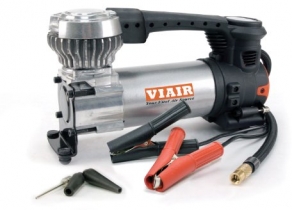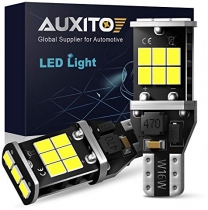-
Welcome to Tacoma World!
You are currently viewing as a guest! To get full-access, you need to register for a FREE account.
As a registered member, you’ll be able to:- Participate in all Tacoma discussion topics
- Communicate privately with other Tacoma owners from around the world
- Post your own photos in our Members Gallery
- Access all special features of the site
CAN Bus Sniffing
Discussion in '3rd Gen. Tacomas (2016-2023)' started by NickS, May 4, 2025.


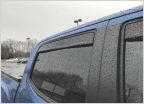 Good experience with Auto ventshades.
Good experience with Auto ventshades.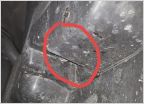 Mudflap Bolts
Mudflap Bolts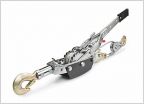 Hi-Lift Jack points on a OR.
Hi-Lift Jack points on a OR.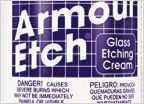 Window VIN etching
Window VIN etching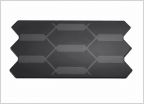 TTS Radar "Clean Sensor" error
TTS Radar "Clean Sensor" error








